The idea was born, as good ideas usually are, in the pub. Jaguar design director Ian Callum and his colleague David Fairbairn got talking over a pint about how Jaguar had never truly replaced the E-Type, arguably its greatest car, and that something had to be done.
“We discussed various plans but couldn’t quite find the right one,” says Callum, who famously began his love affair with Jaguar early on when his grandfather took him to see an E-Type at the local dealership. “Then David moved to our new Special Operations division and the idea for a continuation series of six Lightweight E-Types suddenly seemed an absolute natural.”
Back in the early 1960s, when the Lightweight was new, Jaguar’s fortunes were changing rapidly. In the post-war decade, the company had climbed to world prominence on the extraordinary popularity of the XK120 sports car and its six-cylinder, twin-cam XK engine, which was soon used to power some beautiful new saloons and the famous family of C-Type and D-Type Jaguar sports/racing cars that scored dozens of international wins, including five Le Mans victories in seven years.
However, a disastrous fire at the Browns Lane factory in 1957 set the company on a new course that led to the launch of the E-Type at the Geneva motor show in 1961.
This new sports car’s beauty and affordability made it such an enormous hit that the company’s founder, Sir William Lyons, turned most of Jaguar’s resources to building road cars. The competitions department lost its pre-eminence – just as a new crop of lightweight rivals like Ferrari’s 250 GTO started winning races.
Lacking the time and resources to build an all-new GT, Jaguar’s racers hatched a plan to build an ultra-light E-Type using aluminium components pressed on the same tools as the standard steel cars. Given the material differences between steel and aluminium, the plan looks naïve nowadays, but it worked well enough.
The Lightweight never scored the race successes like the D-Type, but it was soon recognised as the rarest, quickest and most beautiful of all E-Types, its provenance enhanced because it was often driven by such luminaries as Graham Hill, Jackie Stewart and Roy Salvadori. Twelve cars were built of a planned batch of 18 before the company moved on.
All of which is why, about a week ago, I came to be standing in Jaguar’s newly commissioned Heritage workshops at Browns Lane, looking into a glass case at a hand-written ledger from 1963. One of its pages contained six numbers – and six blank spaces for specifications – left there 52 years earlier for the half a dozen Lightweight E-Types never built.


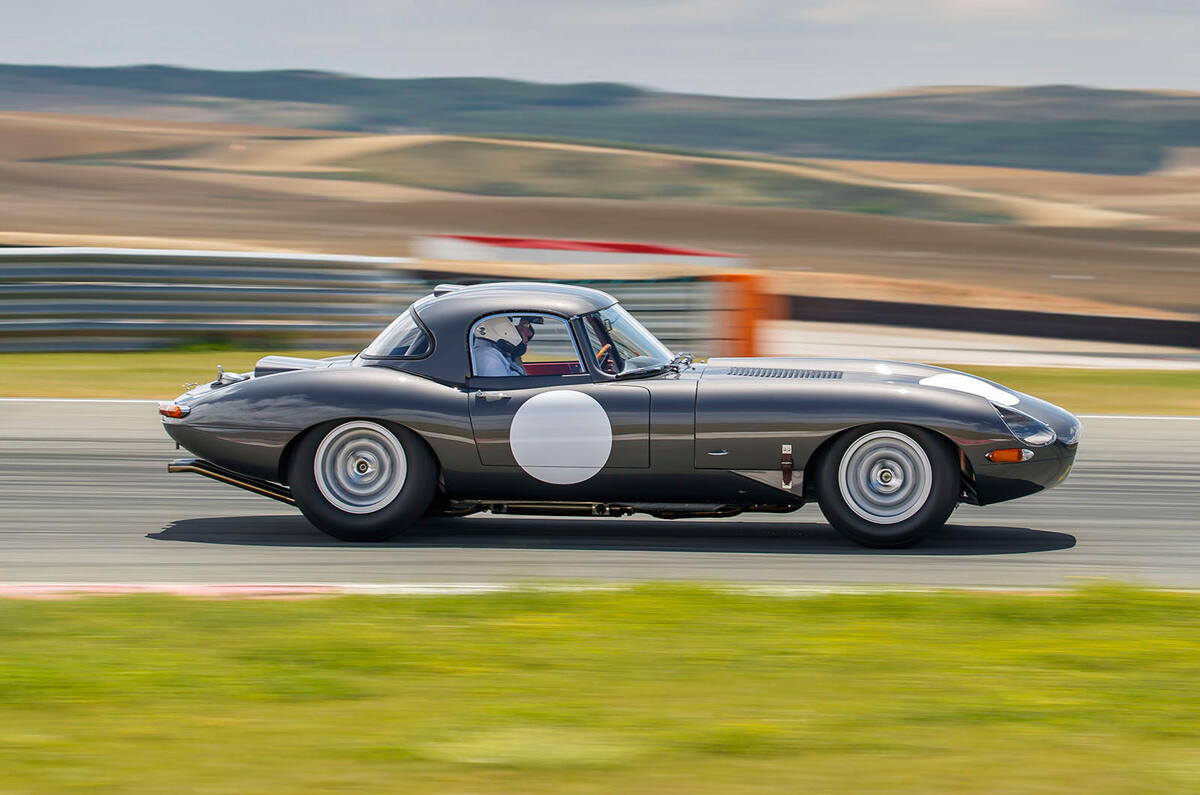
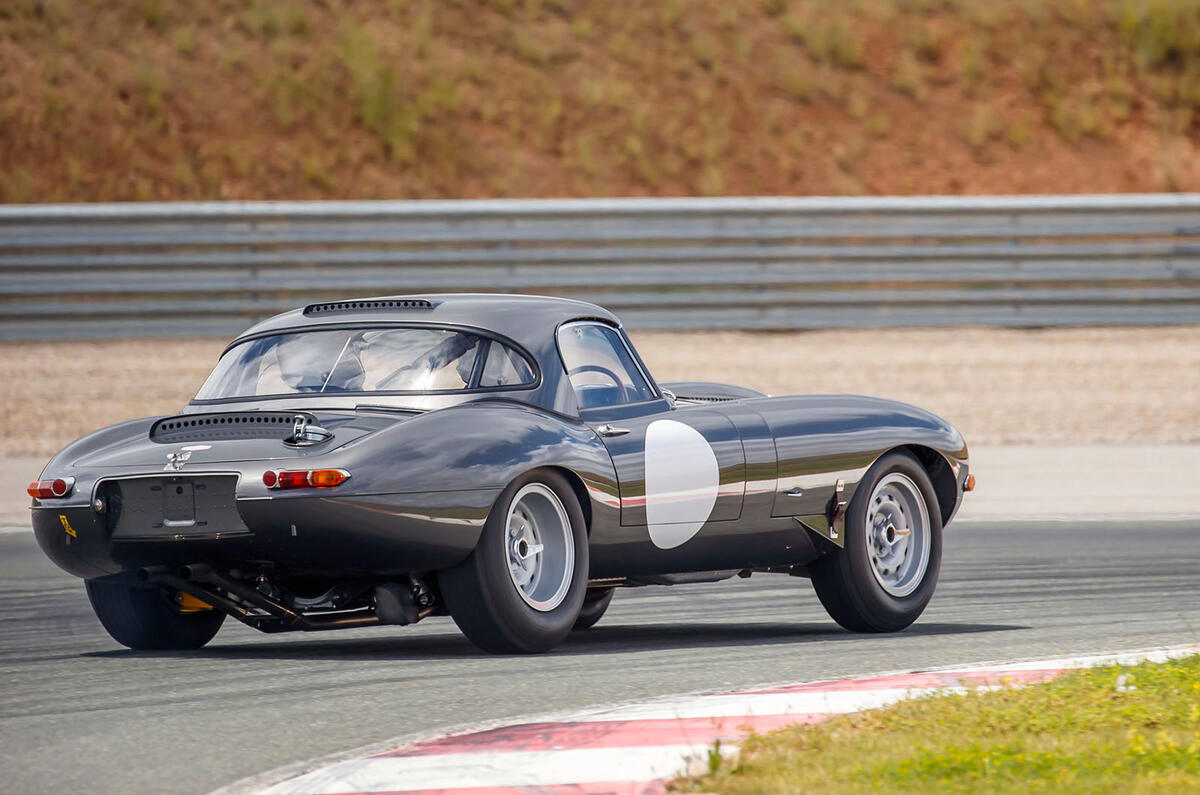
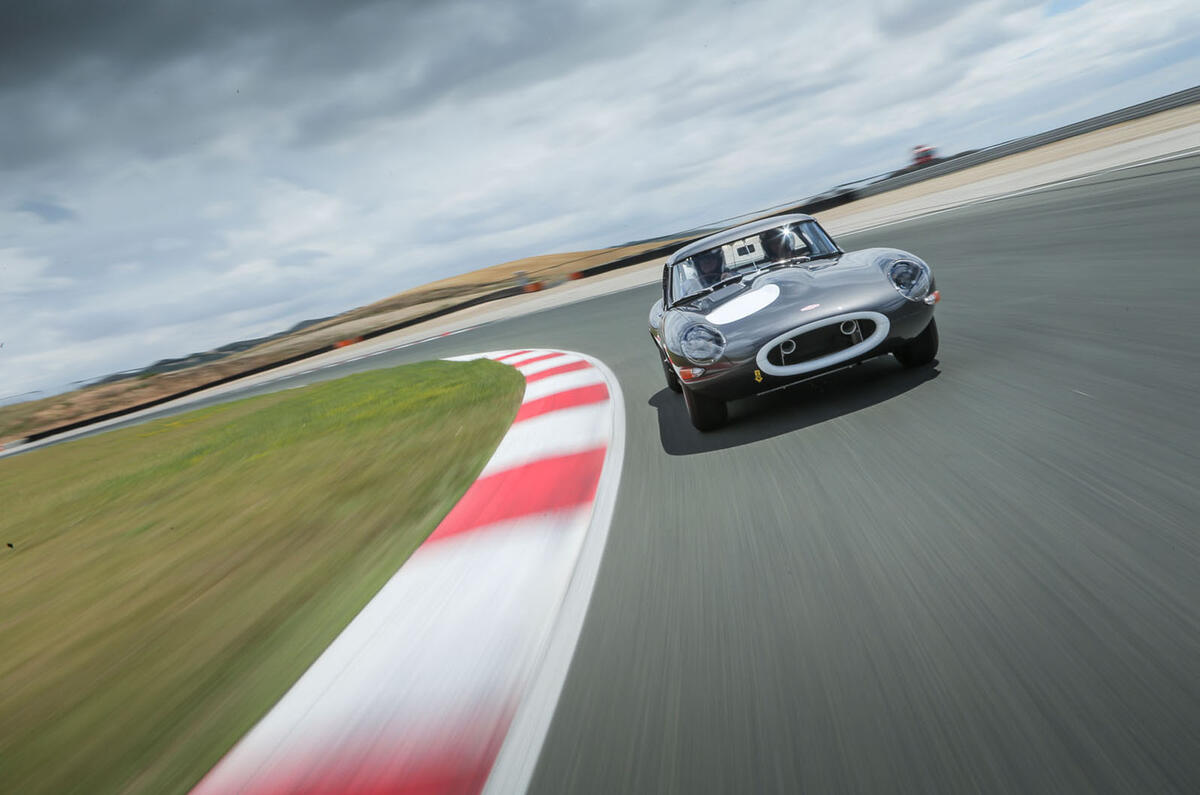

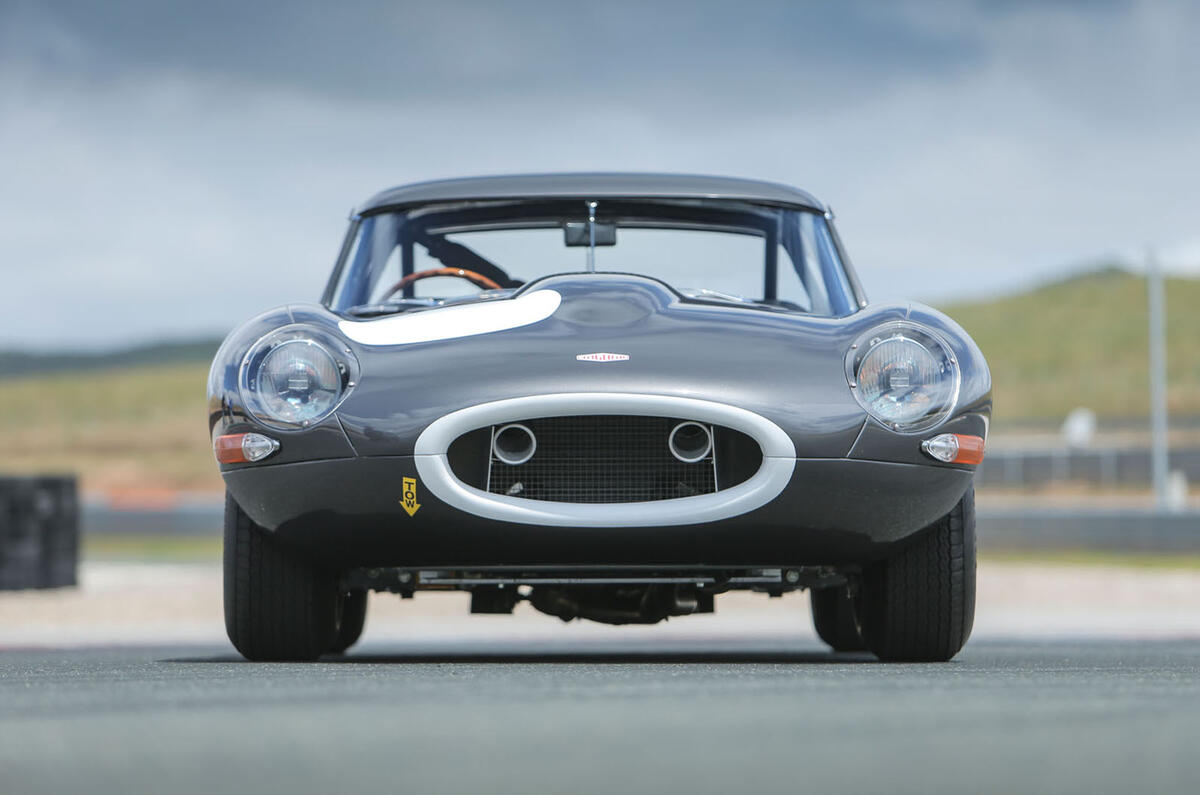
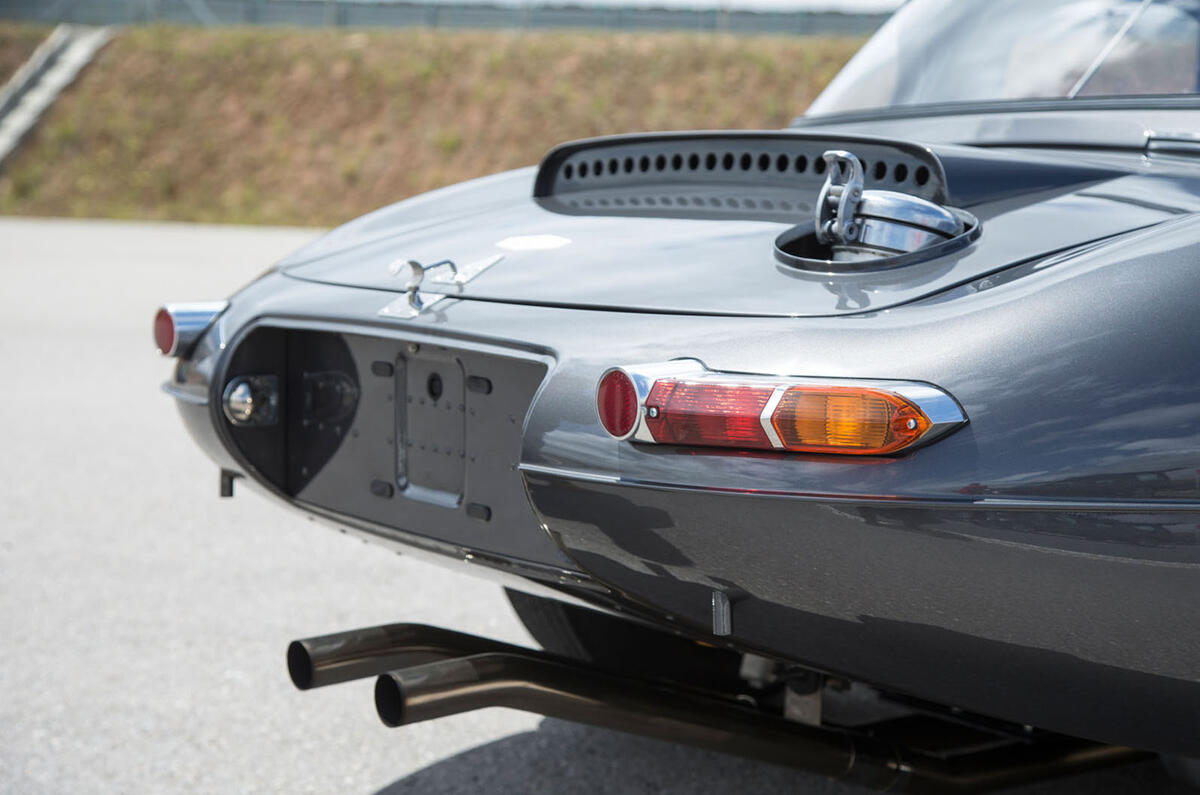
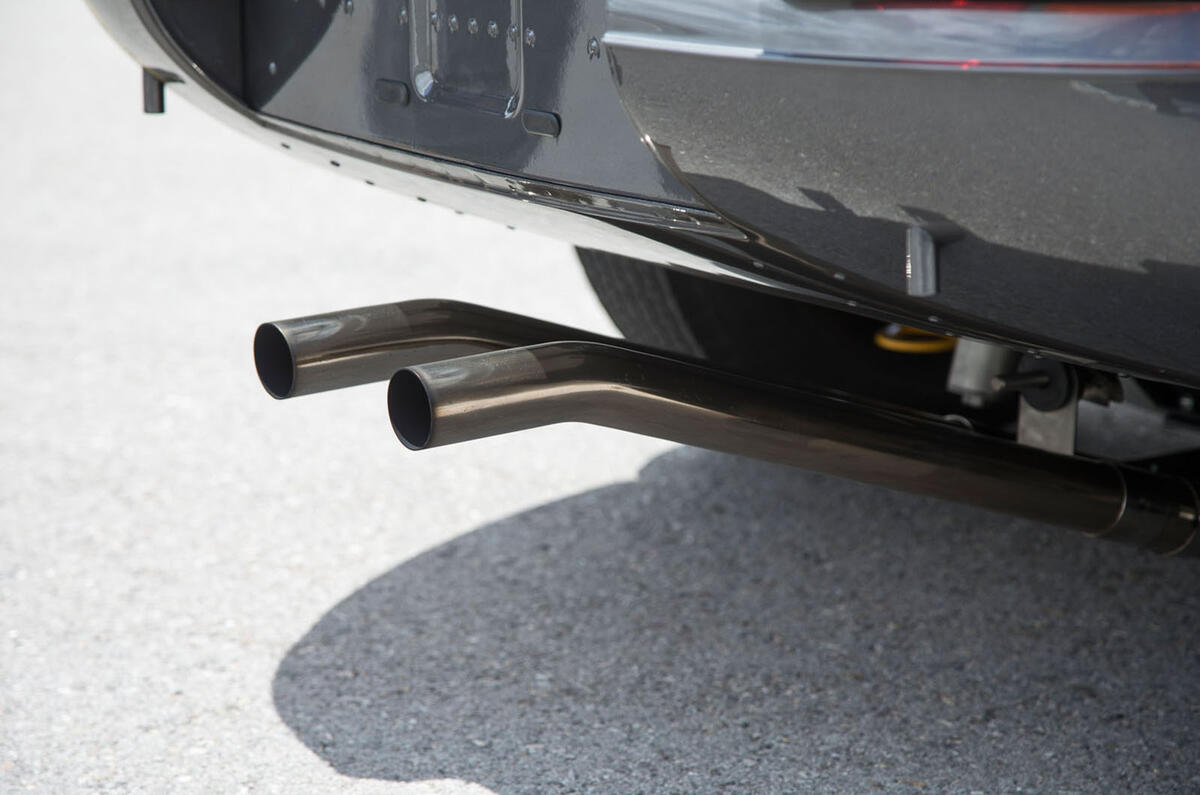
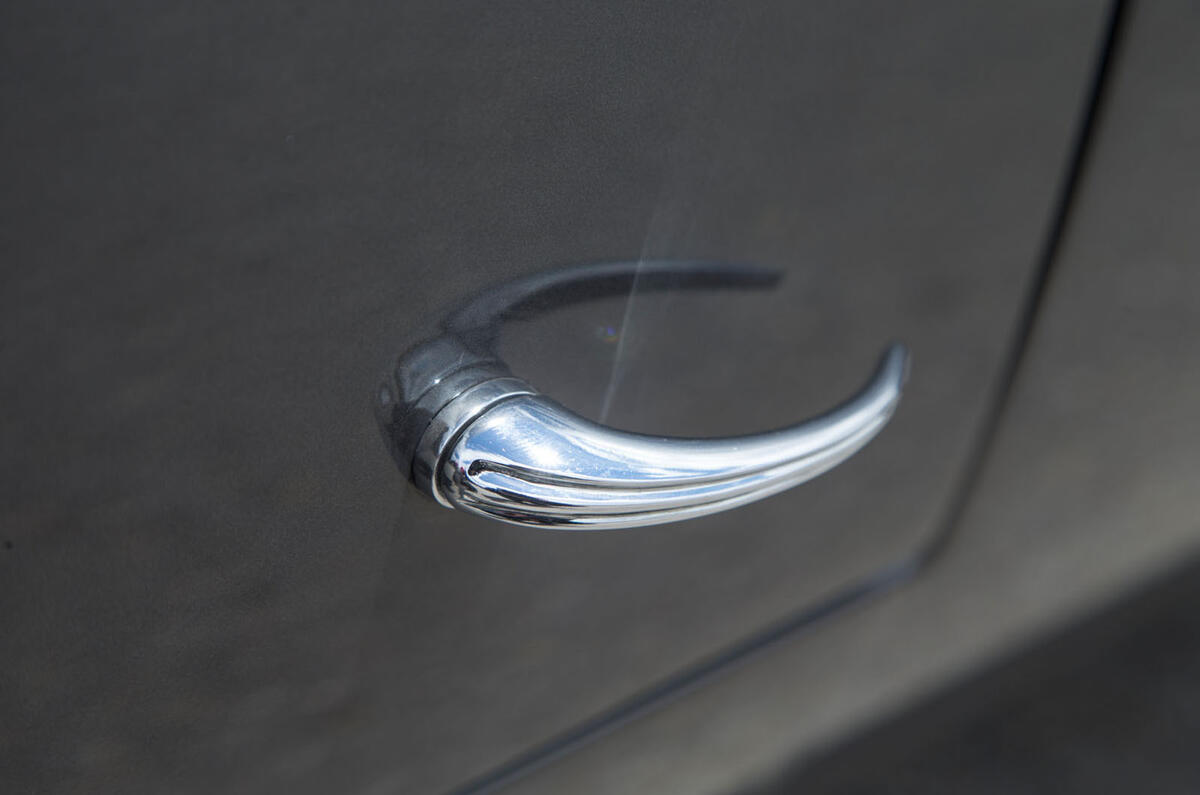
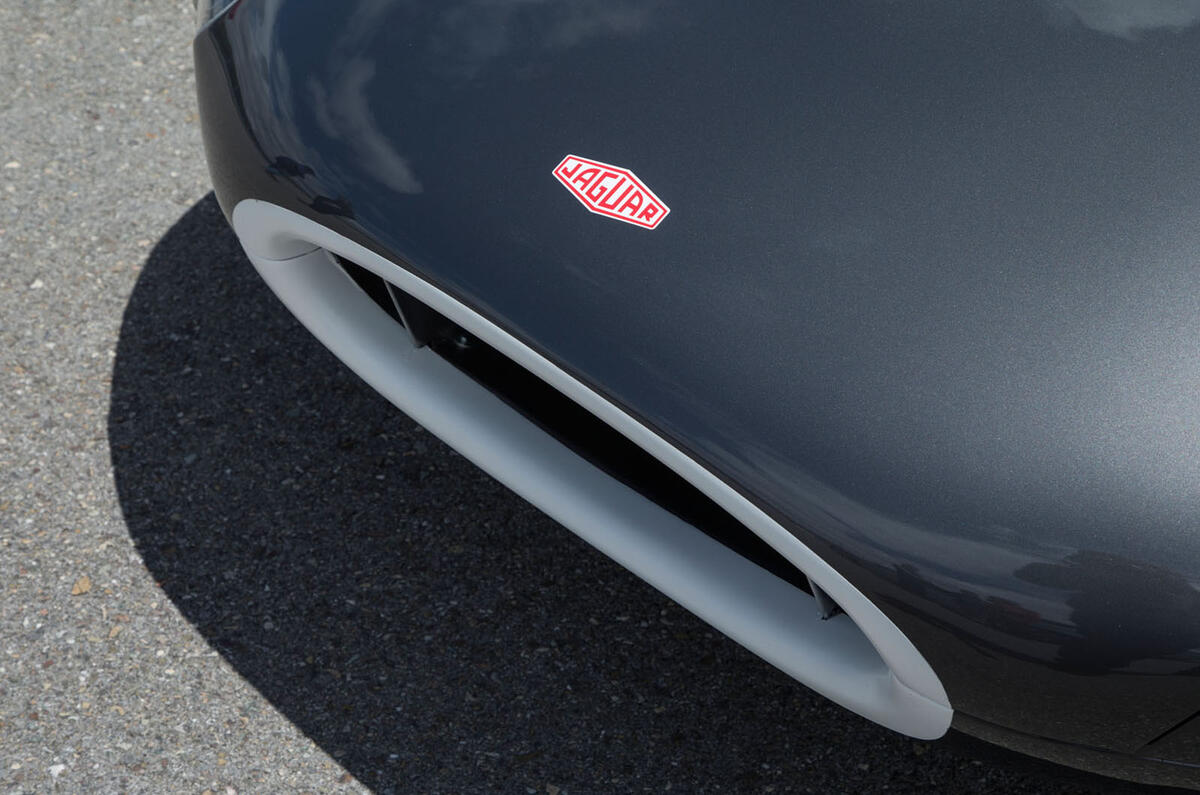
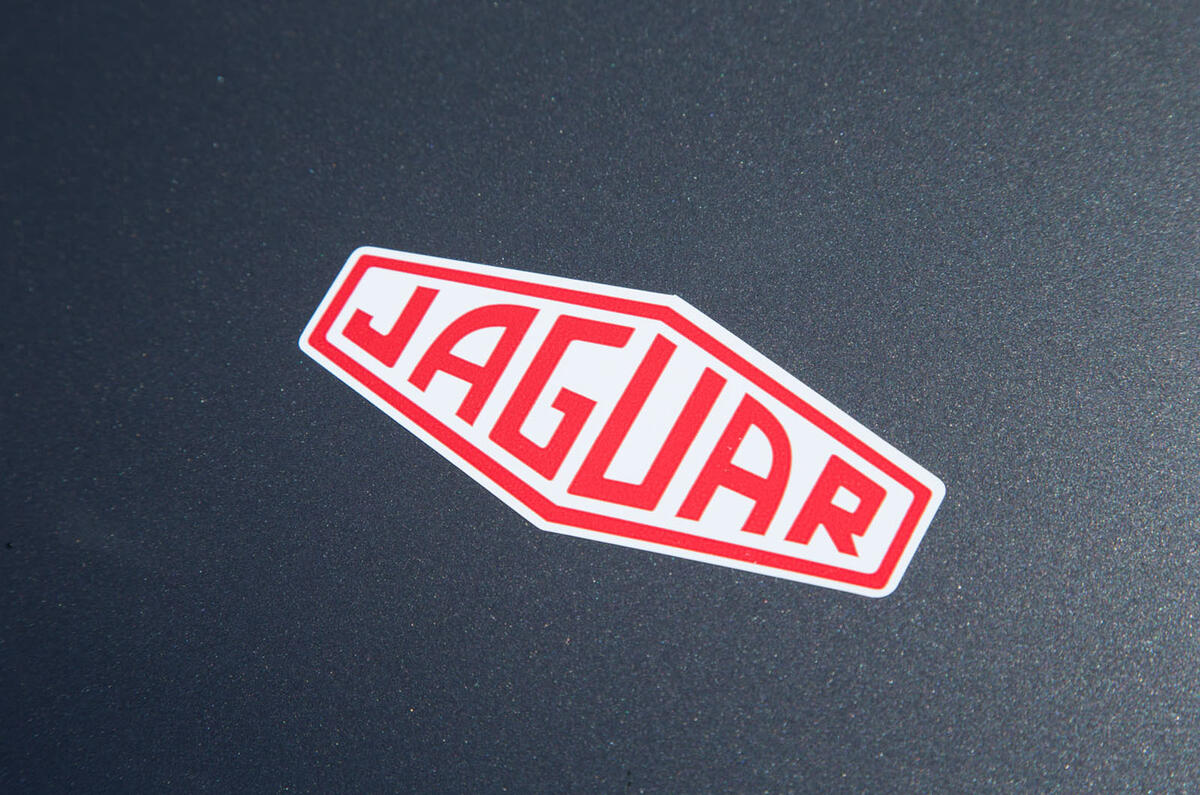
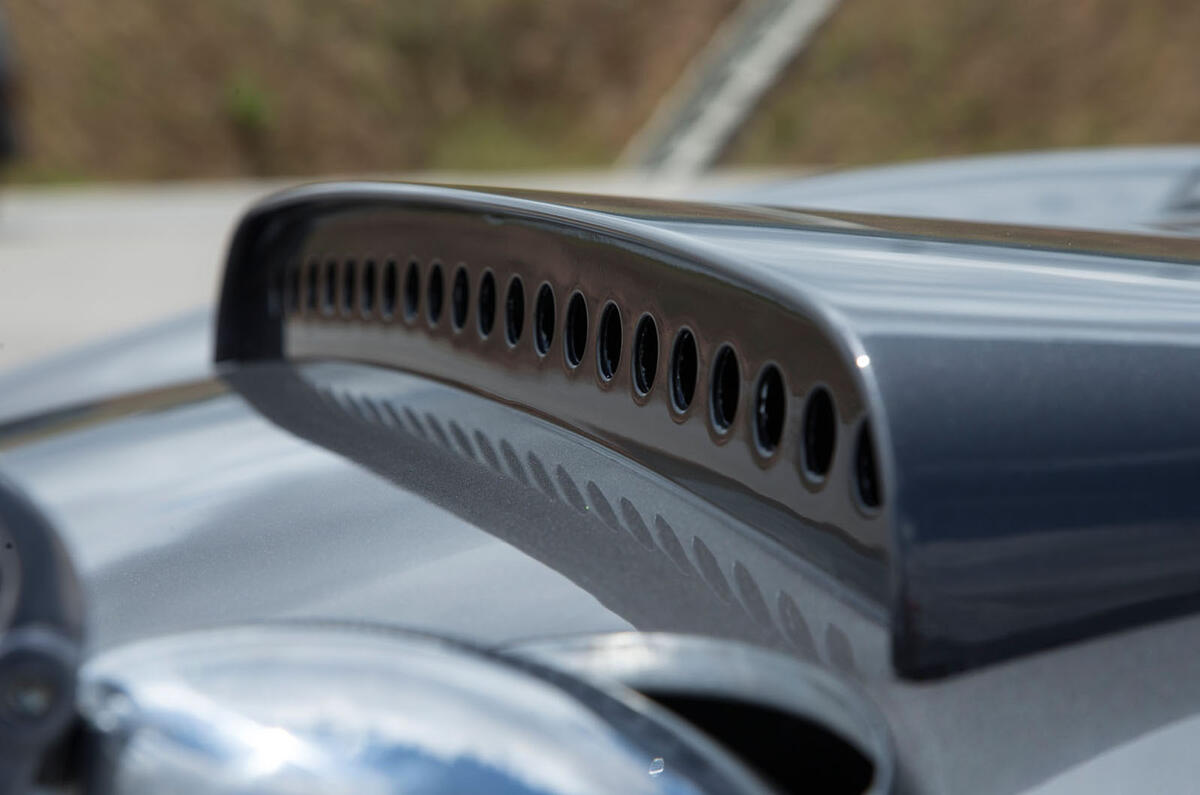
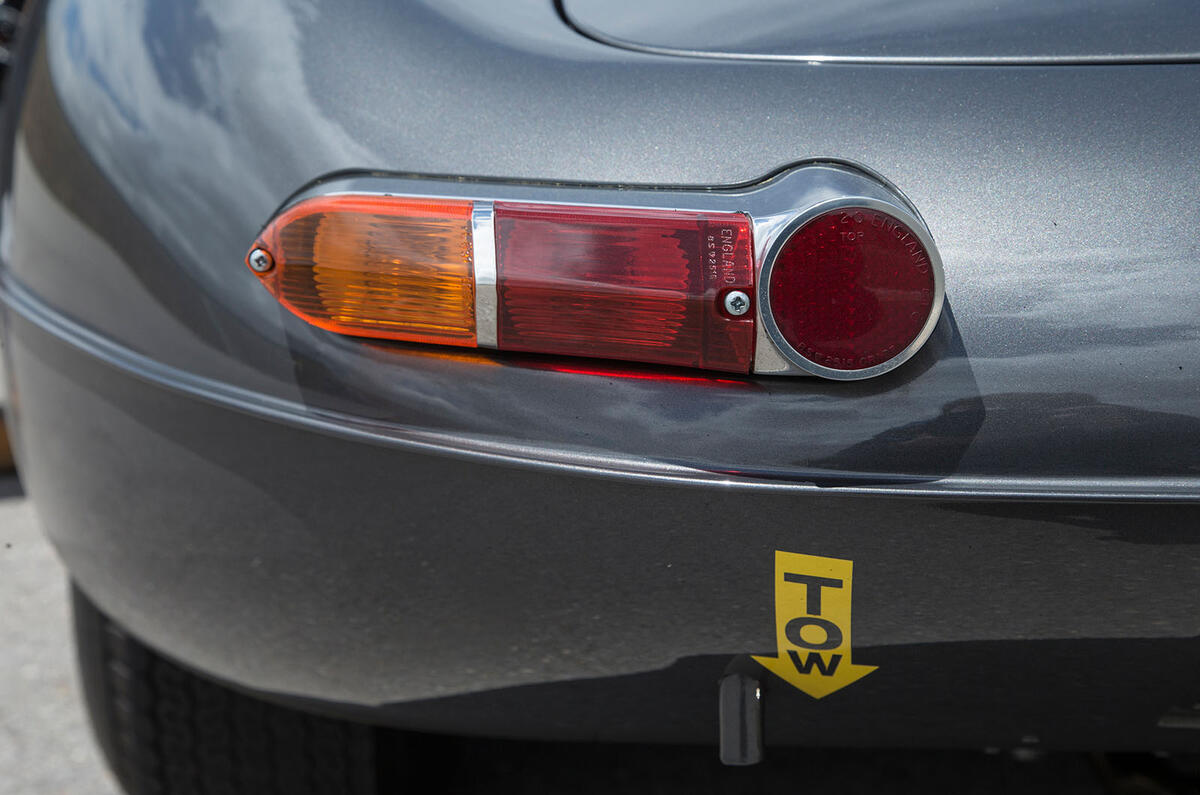
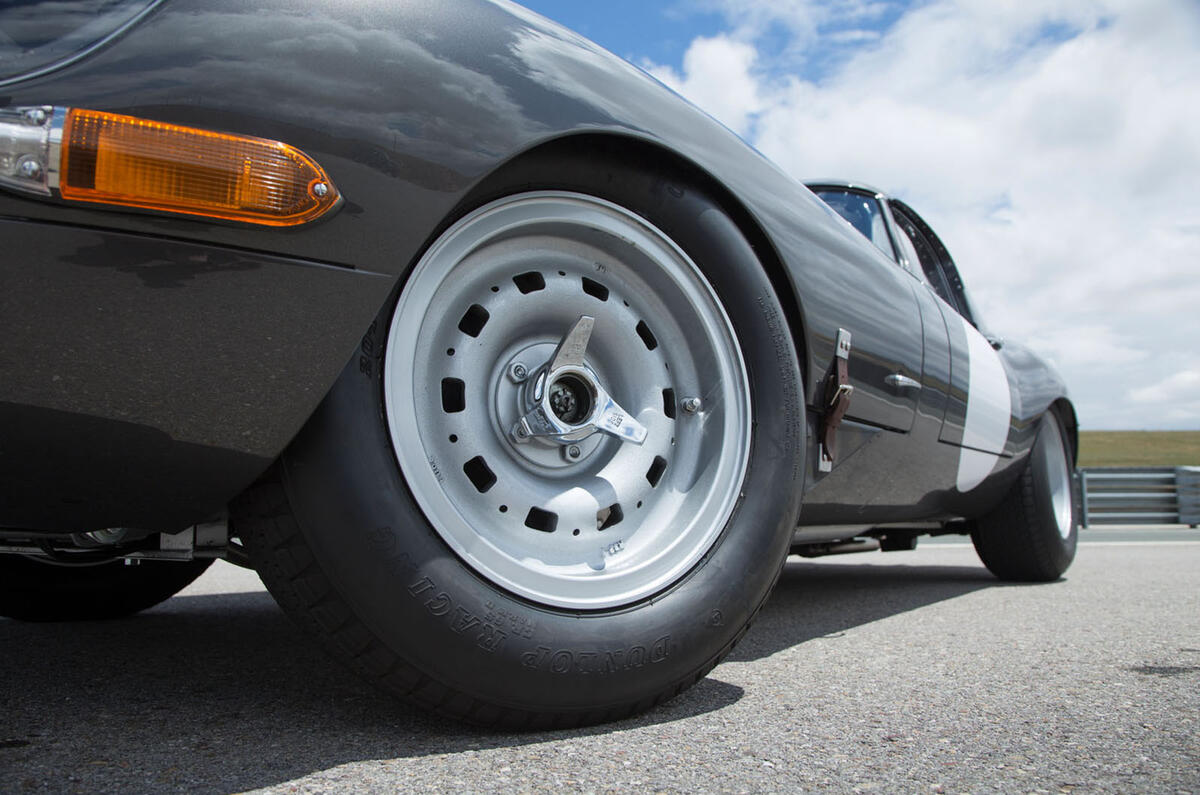
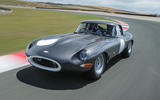

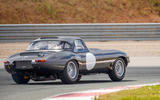
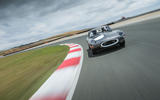
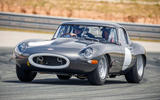

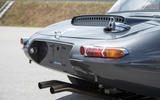
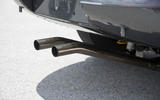
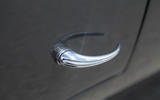
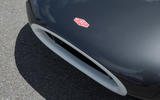


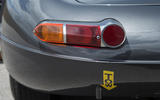
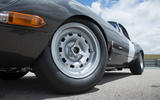






Join the debate
Add your comment
We live through times...
Eagle
Just to clear up any
I'm a bit torn on these new Jaguars. Since they only existed on paper in period as a sequence of numbers it seems a bit spurious to finish the job now with completely brand new machines. Having watched the programme they are being far more meticulous than when when the originals were being constructed. No original Lightweight would ever have left the factory as the precise as these.
However, I think the level of detail and craftsmanship is superb. I just wish Jaguar was looking forwards instead of back.
@ bomb
Otherwise all the (beautifully made) '250 GTO's built from cut up 250 GTE's and 330GT's would be eligible to race too.
I don't agree with Scotty, when he says Lord March looks a fool...I think any purchasers of the new Lightweights expecting to 'buy' their way in (on the cheap) look the fools!
289 wrote: I don't agree with
I'd say Scotty looks the fool. This is not a new situation - e.g the Carroll Shelby Continuation Cobras, the GT40s assembled from original unused spares, the Aston DB4 GT Zagato Sanction IIs and so on. The market has clearly shown over decades that these 'new builds' are nice but are not the real thing.
Incidentally, I doubt many buyers are trying to get in on the cheap, rather I wouldn't be surprised if some of the buyers own original lightweights but want one that can be used more without fear of damaging an original.